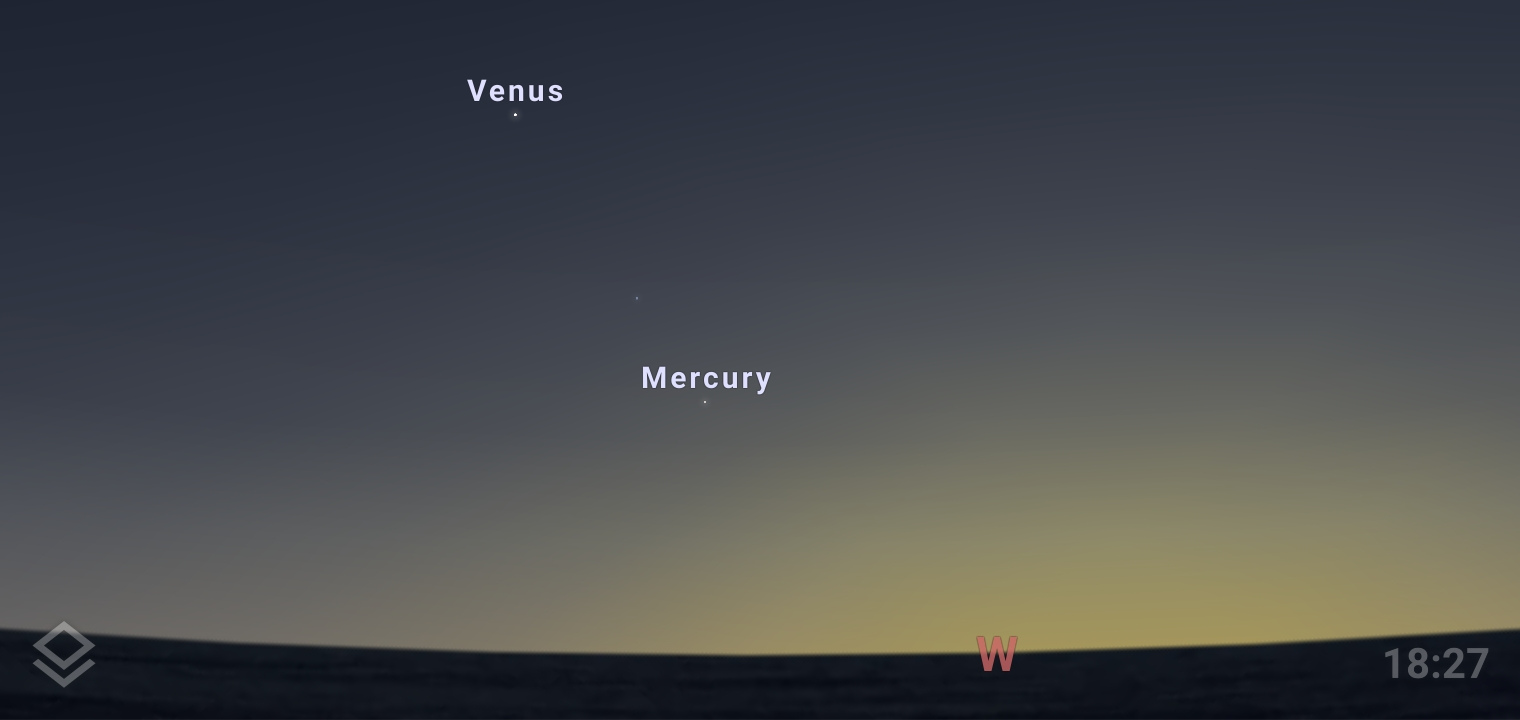Mercury is the closest planet to the Sun. It has no natural satellites and its surface is composed of graphite which gives it a grayish color that resembles our Moon.

This September, mark the following dates as it will be the best time to observe Mercury.
Mercury at Greatest Eastern Elongation - September 14, 2021
As Mercury is the closest planet to the Sun, we can only observe it a few hours after sunset or a few hours before sunrise. We rarely see it so high in the night sky. However on September 14, Mercury will be at its Greatest Eastern Elongation.

This means that Mercury will be at its farthest distance from the Sun. It will be best to observe Mercury on this day as the planet will be at its highest altitude in the night sky.
Mercury at Dichotomy - September 18, 2021
Did you know Mercury has its own phases like our Moon? Inner planets, Mercury and Venus both have their own phases. They can appear fully illuminated, half illuminated based on their relative position from the Earth.
On September 18, 2021, Mercury will show us a spectacular view as it reaches its intermediate half-phase, called Dichotomy.

Tips on observing Mercury
Mercury has a magnitude of 0.17. This means that it is visible to the naked eye. This makes it easier to locate the planet in the night sky. This season, Mercury can be seen a few hours after Sunset.
Don’t forget to download Stellarium Mobile to easily locate Mercury.


Available on Google Play and the iOS App Store
Even though Mercury is visible without any equipment, a telescope is necessary if you want to observe its phases i.e dichotomy. Stellarium Mobile has a telescope control feature that will enable you to control your automated mounts!
Read more:
Telescope Control in Stellarium PLUS
We hope that was informative. We wish you clear skies on your observation nights!
Will you be observing any of these events? Feel free to tell us on Twitter!
Follow @StellariumLabs
App Store®
Google Play and the Google Play logo are trademarks of Google LLC.